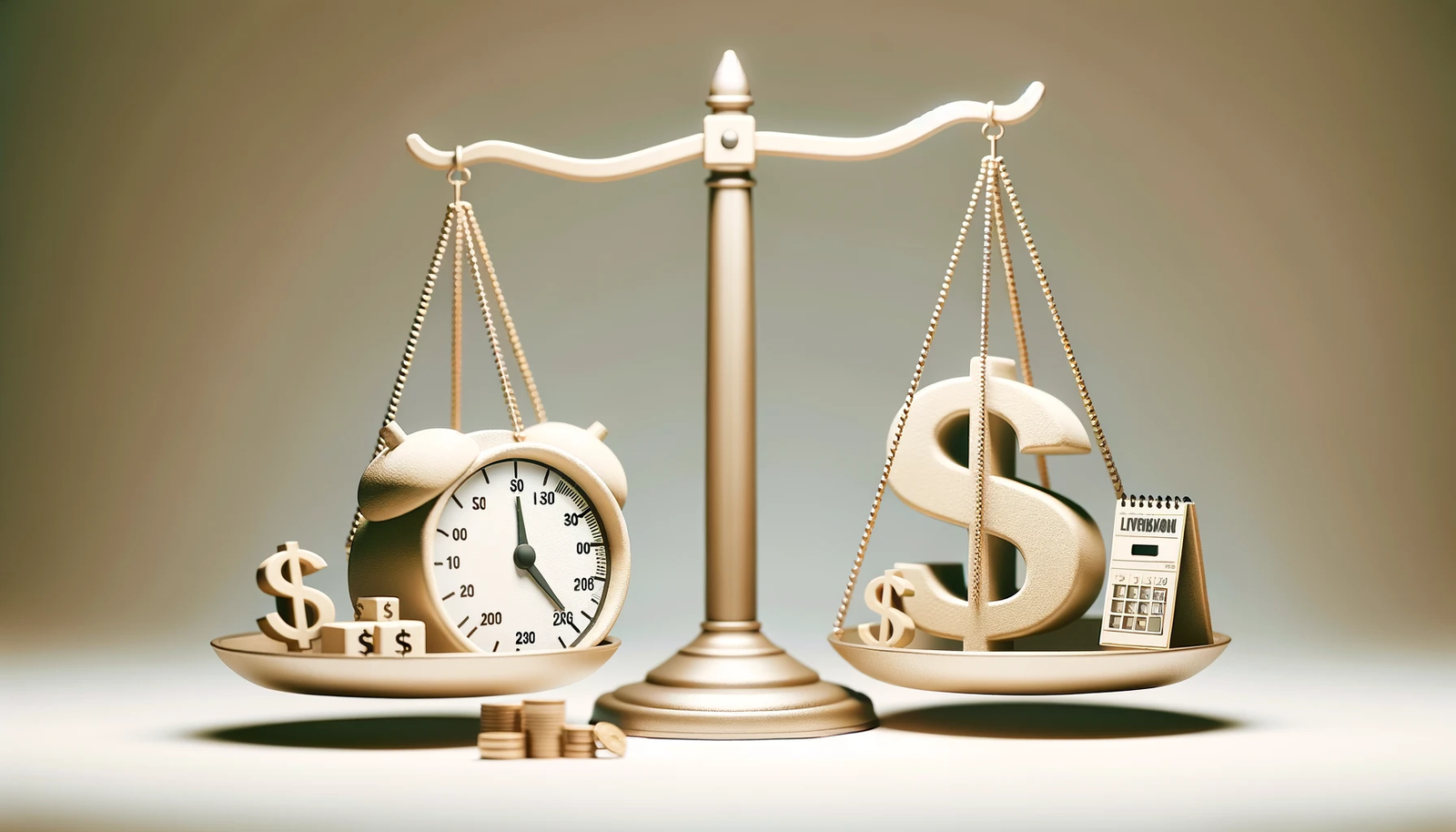Payday loans are often a topic of conversation in financial circles, known for their immediate accessibility but also for their high costs. I will try to help you understand What are Payday Loans with my expertise in banking and personal finance, I aim to provide a detailed, unbiased examination of payday loans, Let’s dive in!
Understanding What are Payday Loans
Payday loans are short-term loans, generally ranging from $100 to $500, designed to cover urgent expenses until the borrower’s next payday. These loans are known for their quick approval and minimal credit requirements.
The Benefits Explored
- Immediate Access to Funds: Payday loans offer quick cash, usually within 24 hours, which is vital in emergencies.
- Credit Score Flexibility: They are often available to individuals with low or no credit scores.
Example: Sarah’s story highlights the utility of payday loans. Facing an unexpected $400 medical bill and with a week until her next paycheck, Sarah opts for a payday loan. She borrows $400, agreeing to pay a $60 fee (15% per $100 loaned), thereby resolving her immediate financial crisis.
The Risks Detailed
- High Interest Rates: Payday loans typically have high APRs. For example, a $300 loan with a $45 fee (15% per $100) has an annual percentage rate of nearly 391%.
- Potential for Debt Cycles: If not managed properly, payday loans can lead to a cycle of borrowing.
Real-Life Scenario: Consider the case of John. He borrows $200 with a $30 fee but struggles to repay in full by his next payday. Opting to roll over the loan, he incurs an additional $30 fee. Over several months, the repeated rollovers lead to him paying much more than the original loan amount.
Navigating Regulations
Payday loan regulations vary significantly by state. Some states impose caps on interest rates and fees, while others prohibit payday loans altogether. These regulations aim to balance accessibility with consumer protection.
When to Use a Payday Loan
Payday loans should be considered in acute financial situations where the immediate cost of not borrowing (like late fees on overdue bills) outweighs the loan’s expense. They are not advisable for long-term financial issues.
Exploring Alternatives
It’s important to consider alternatives before opting for a payday loan:
- Personal Loans: Usually offering lower APRs.
- Credit Card Advances: Potentially more manageable interest rates.
- Assistance from Friends/Family: A possible interest-free solution.
Real-World Implications
Emma, a dedicated teacher, encountered an unexpected financial hurdle: her car needed a $300 repair. With her paycheck a week away and her savings insufficient, she weighed her options. Reluctantly, Emma decided to take a payday loan, not before understanding what are payday loans just like you’re doing right now, And its risks but needing an immediate solution.
Step 1: Applying for the Loan
Emma visited a payday loan lender, applied, and was approved for a $300 loan. The terms were straightforward: a $45 fee for a two-week loan, equating to an APR of 391%. Despite the high rate, Emma focused on her plan to repay promptly.
Step 2: Receiving the Funds
Within hours, Emma received the $300. She paid for her car repairs the same day, relieved that her transportation was no longer an issue.
Step 3: Planning for Repayment
Emma was determined to avoid the debt cycle. She scrutinised her budget, cutting unnecessary expenses to ensure she could repay the full amount on her next payday.
Step 4: Repaying the Loan
On payday, Emma had the full $345 ($300 loan plus $45 fee) ready. She returned to the lender, repaid the loan, and felt a sense of accomplishment for handling the situation responsibly.
To sum things up
Payday loans are a complex financial product with both advantages and disadvantages. They provide immediate financial relief but come with high costs and the risk of debt cycles. Understanding what are payday loans and the full scope of these loans, including state regulations and potential alternatives, is crucial for making informed financial decisions.


0 Comments